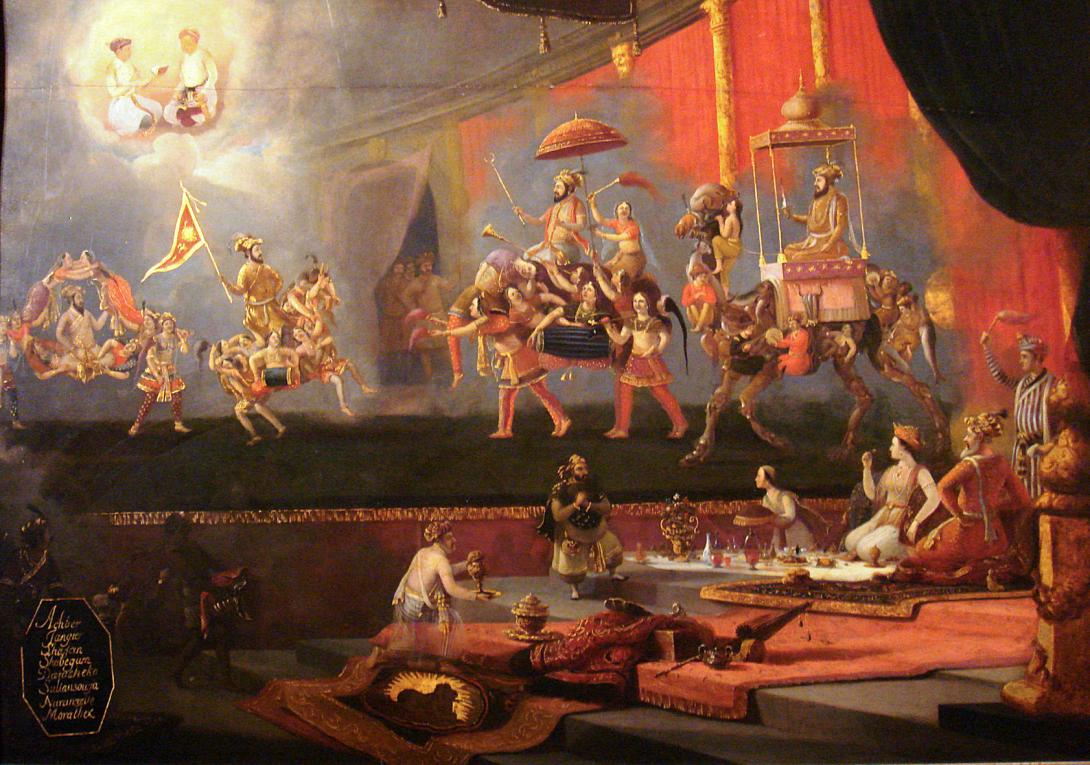
Pelsaert's Silver
Running a Business on the Side
The Vereenigde Oostindische Companie, that is, the Dutch East India Company, was notoriously bureaucratic and mean with money, especially when it came to the payment of its personnel. However, one of the privileges of rank in the company was the ability to send trade goods to the Indies for your own profit. As long as the company did not lose out, all was well. Having said that, it was only ship’s officers who could make the most of the situation as they had the space in their cabin to store trade goods for personal profit. The silverware in this cabinet belonged to Fleet Commodore and Upper Merchant Francisco Pelsaert and were in his personal belongings in the wreck of Batavia. Pelsaert hoped to sell them to the new Mughal Emperor Shah Jehan. When supervising the salvage of goods from the wreck of Batavia, Pelsaert ensured that every possible item of VOC property was recovered, but he obviously could not get at the trade goods in his own cabin. Thus, the items displayed here remained in the wreck, to be salvaged, conserved and displayed by the WA Museum in the 1970s. Ironically, even if Pelsaert had managed to get his trade items to India he may only have been able to sell them for the value of the silver, Shah Jehan had ‘gone off’ western manufactured goods, focussing instead on developing and promoting local arts and crafts.

Mughal Emperor Shah Jahan, intended recipient of Francisco Pelsaert's goods, as depicted by Dutch artist Willem Schellinks (1627–1678)
Credit: Public Domain

Silver fragment - Pelsaert's silver
Credit: WA Museum